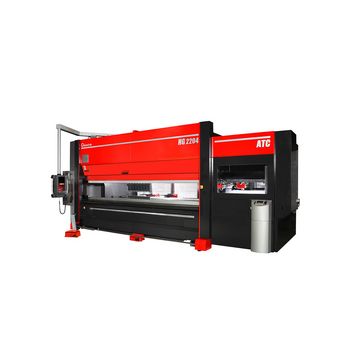
In the world of sheet metal processing, shortening production times and lowering costs, while maintaining high quality has become almost an imperative. Speaking of bending, but also of punching and - of course - of combined cutting/punching machines, an aspect not to be underestimated in order to obtain (all) these results is the Automatic Tool Changer: the automatic tool changer.
Here are 4 good reasons to consider it:

1) Lots getting smaller, complex and uneven
An indication of how much the pressure on the productive activities is increasing from day to day is the progressive reduction in the dimension of the batches, thing that is transformed in a not insignificant problem because of the times of equipment and their effects on the production costs. The batches become smaller and smaller, but also complex and uneven, according to a production logic typically just-in-time: faced with customers with such needs and whose unpredictability of orders is a characteristic feature. Competitive advantage is built on the ability to support them with greater responsiveness than competitors. In this regard, the automatic tool changer is a very sharp weapon.
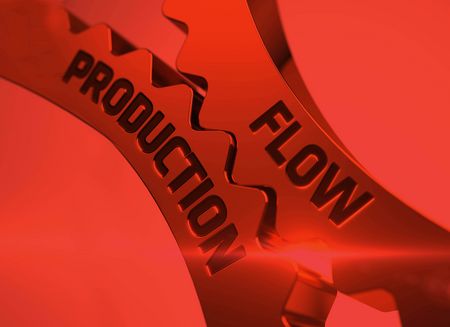
2) Meet deadlines and increase production flow
Businessmen and production managers agree that the respect of delivery dates is a complex challenge, especially on small lots and fronts to unexpected orders that must be given priority but that, at the same time, they risk compromising the timing of others. Meeting deadlines depends (also) on the ability to shorten lead time as much as possible and this, in turn, is related to a multitude of factors including available resources, process optimization, level of automation, the platforms used for the management and progress of production and much more.

The smaller the lot is - to the limit of the single piece - more weighs the setup, whose times must be minimized in order to shorten the lead time and therefore to respect the deliveries: in this sense, automatic tool change systems in bending and punching operations can reduce setup times by 4 or 5 times compared to manual activities, with all the (positive) consequences also in terms of production fluidity, since it is possible - for example - from cutting to go directly into the fold without waiting for the traditional timing of the tool change.
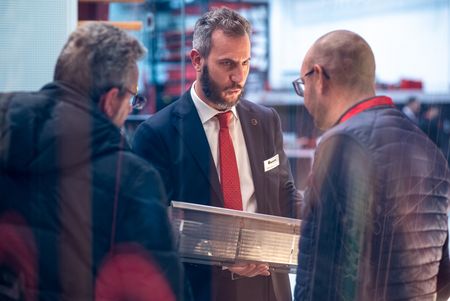
3) Reduce costs, but also make them predictable
It often happens that the demand for smaller and smaller batches and the increase in urgencies is not matched by the willingness of the customer to pay a higher price, but it is clear that the reduction in the size of the lot has an impact on costs. The challenge, therefore, becomes important also from the economic point of view: you have to be able to offer small batches, at the limit of the single piece, at the same price as the larger ones. In this respect, the automatic setup offers many benefits: the reduction of time, first of all, but also the high precision and constant performance are essential to achieve a reliable and, above all, predictable cost estimatee. Not to forget, logically, the possibility of programming the processing and micro-machining, so as to optimize time and costs along the process. To this must be added, of course, the need to have a reliable and precise machine, so that the time gained during setup is not then "lost" for tests or to correct errors: in practice, it is essential that the first pieces are perfect.
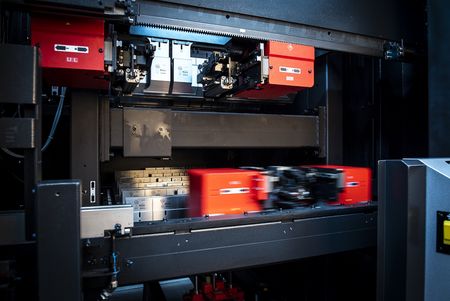
4) Reduction of errors and strenuous activities
Managing frequent equipment setups results in increasing costs, but also in fatigue for operators and a progressive increase in the possibility of error. The automatic tool changer therefore has important repercussions on time and costs, but also on the quality of the product and on the productivity of the operators, determined by the reduction of the most tiring activities. Finally, let’s not forget the safety aspects, determined by the fact that the tool layout compositions - even the most complex - are carried out, in fact, without manual interventions.
AMADA solutions with automatic tool changer: from punching machines to combined machines
Several phases of sheet metal processing can benefit from the automation of the setup phase: in fact, AMADA has in its range bending machines, punching machines and combined machines equipped with automatic tool changing capabilities.
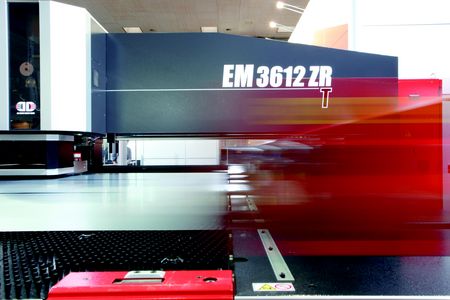
EM-ZR is an efficient, effective and extremely fast electric punching machine. This is due to the AMADA Z turret, the AC servo-motor dual direct drive system, the tool identification system and the TSU system, which significantly reduces machine downtime. In addition, the 2 dies associated with the single tool allow to work a wide range of thicknesses.
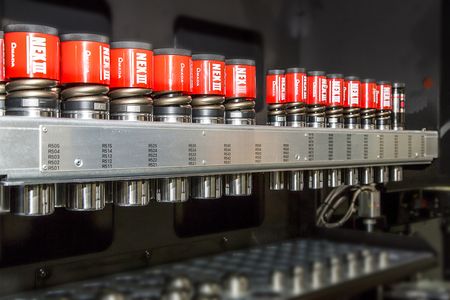
ACIES-AJ is a combined 30 ton electric punching and laser cutting machine with 3 kW AMADA fiber source. The automatic tool changer, distinctive feature of ACIES-AJ, houses up to 300 punches and 600 dies, favouring maximum automation, speed in processing and a clear reduction in downtime.
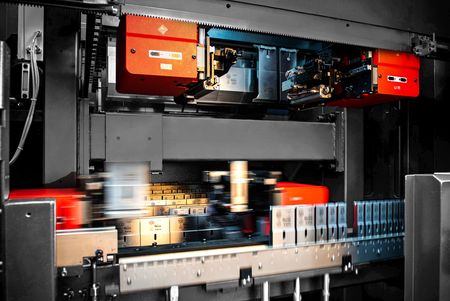
In the world of bending, ATC identifies the Automatic Tool Changer. In this case, the HG-ATC series machines automatically carry out even the most complex setup in less than two minutes thanks to four independent tool manipulators and intelligent algorithms that ensure the fastest setup. In addition, the other aspect that has a strong impact on productivity, namely programming, is solved with a powerful offline programming software full of automatic features.